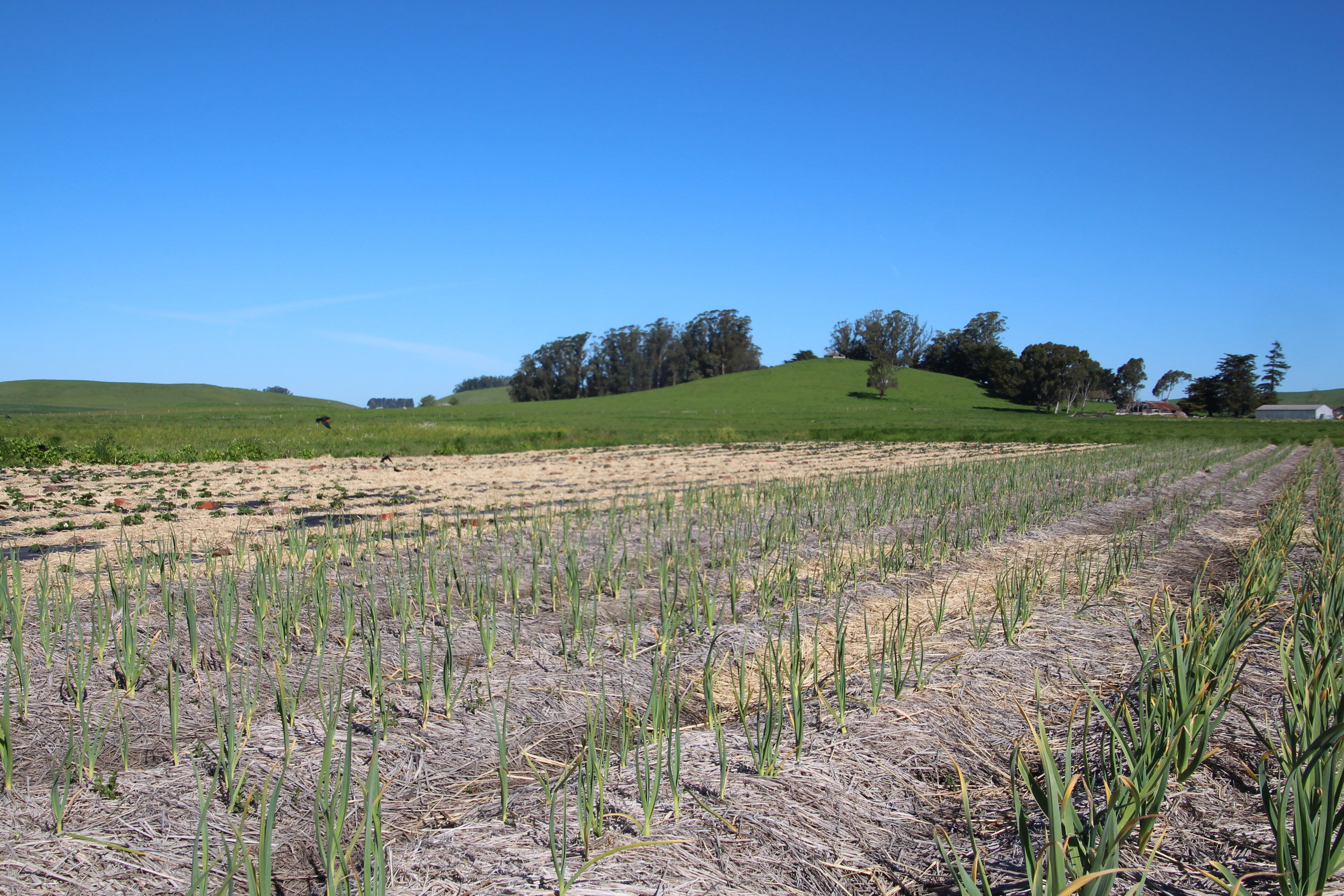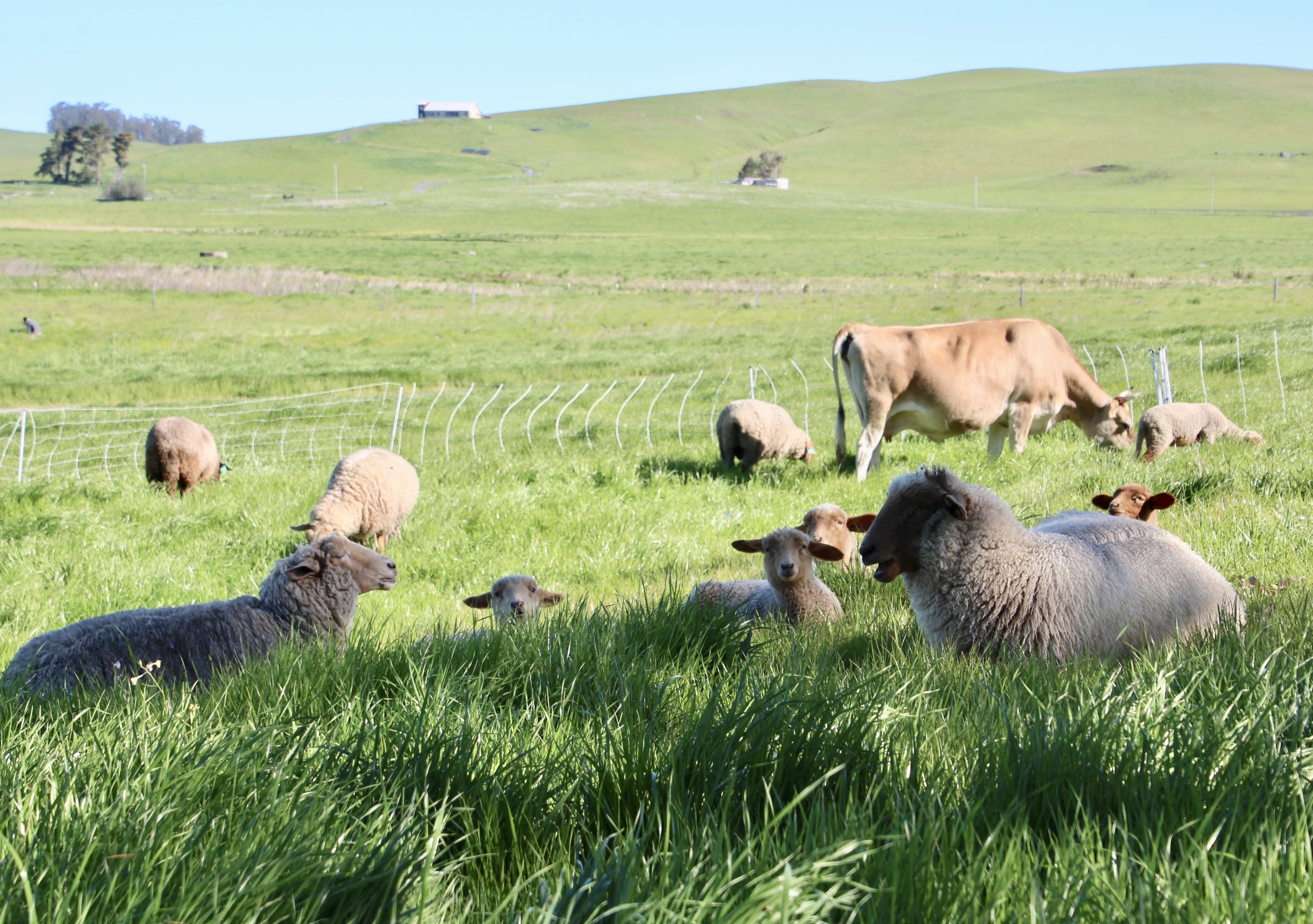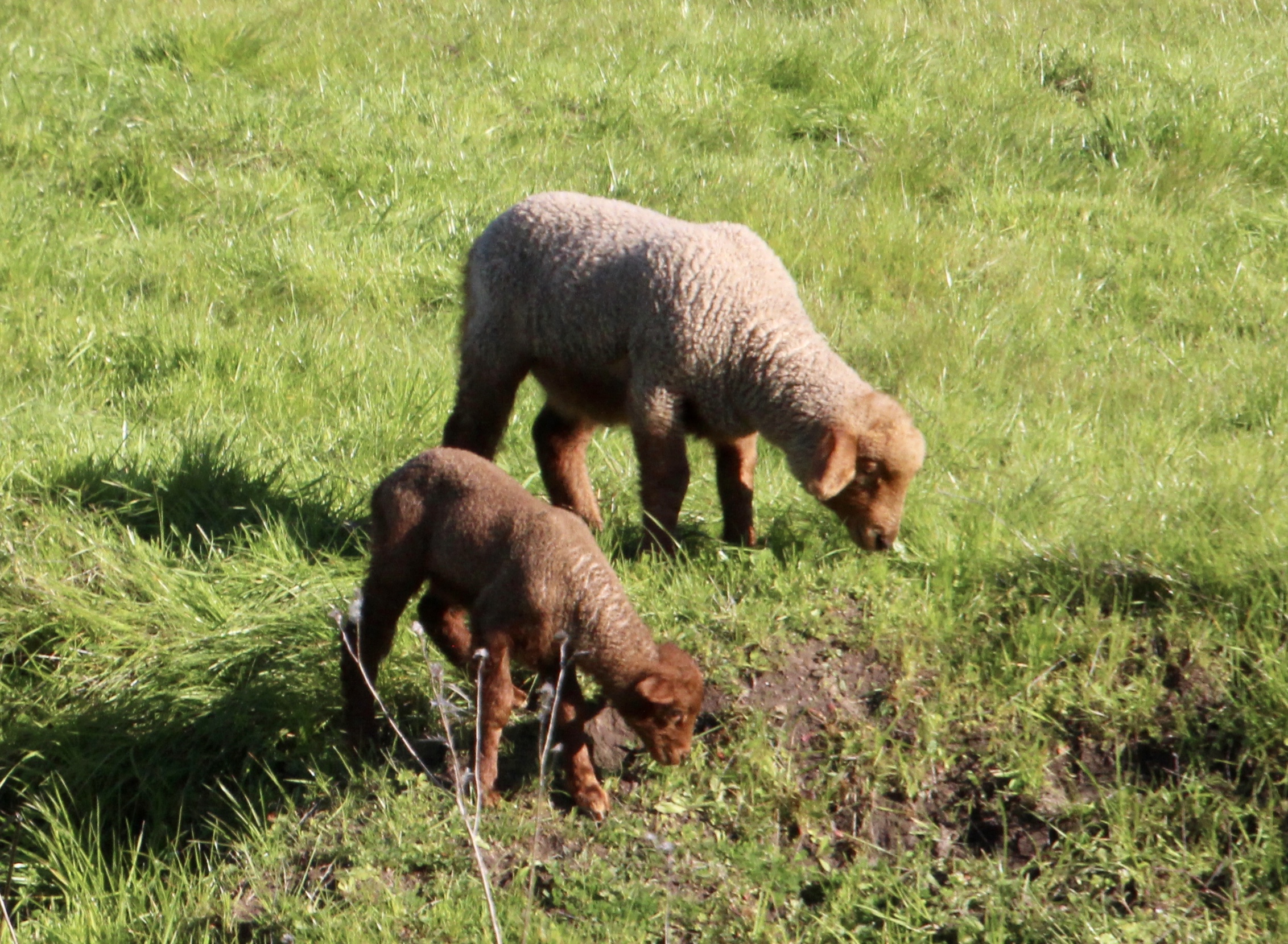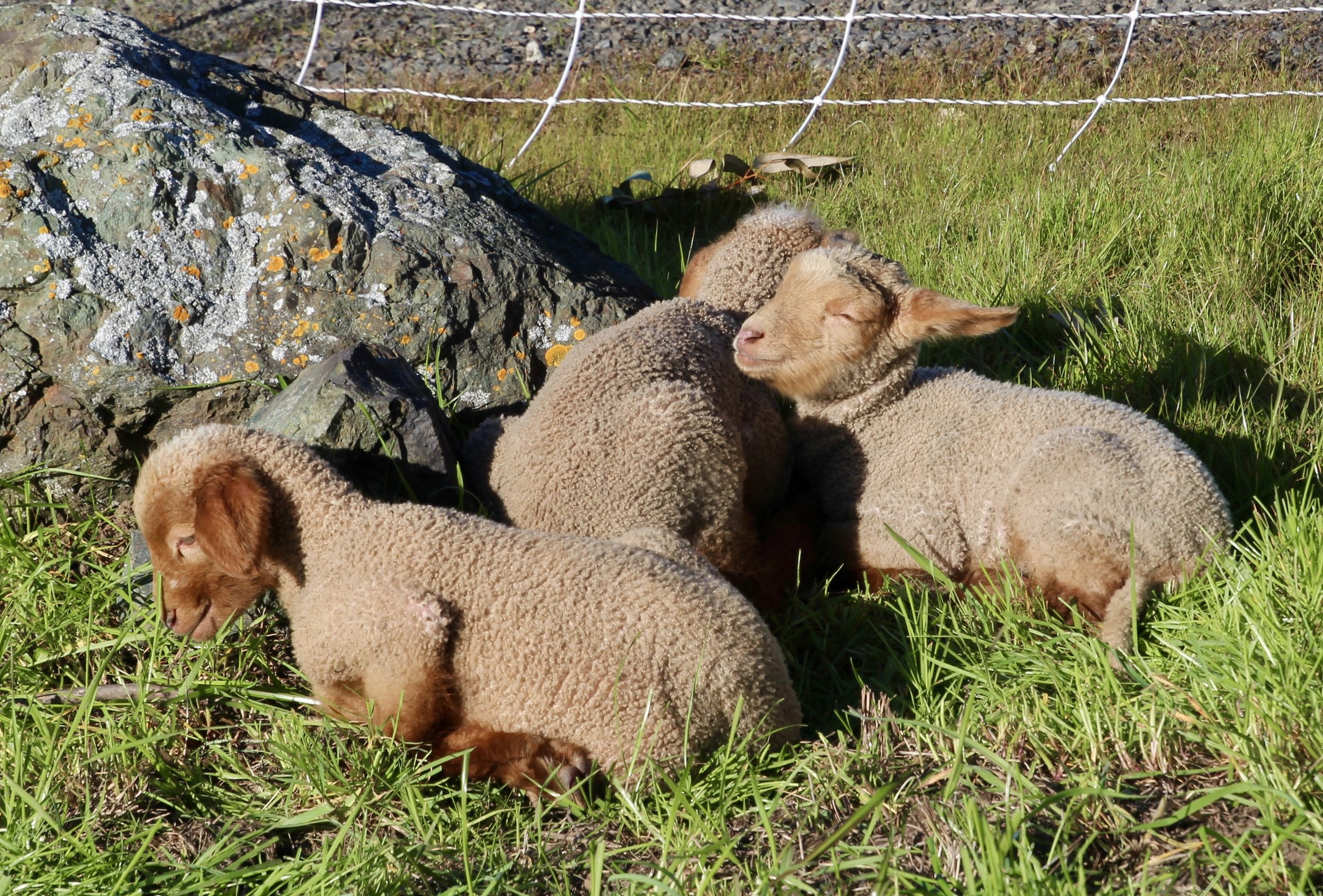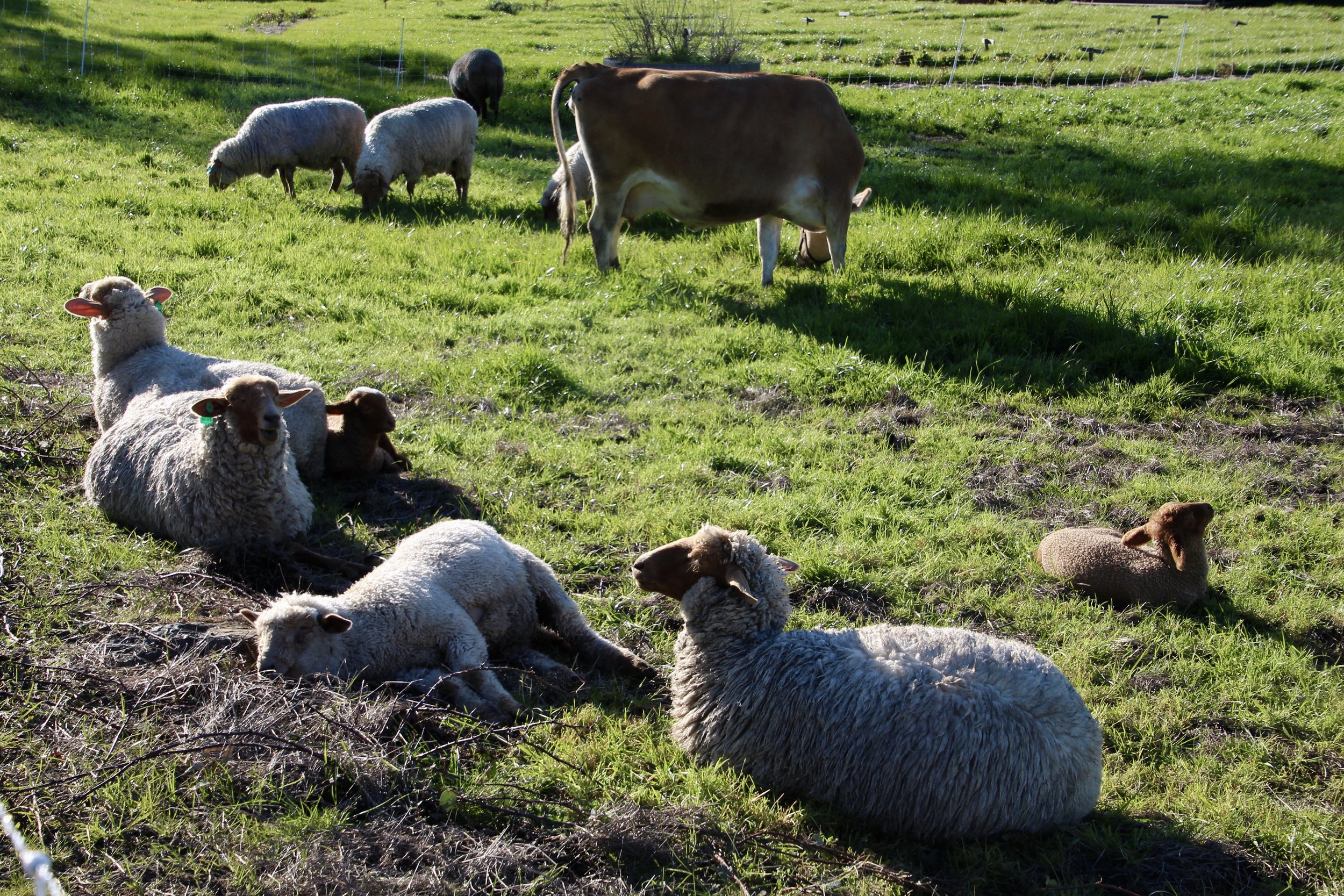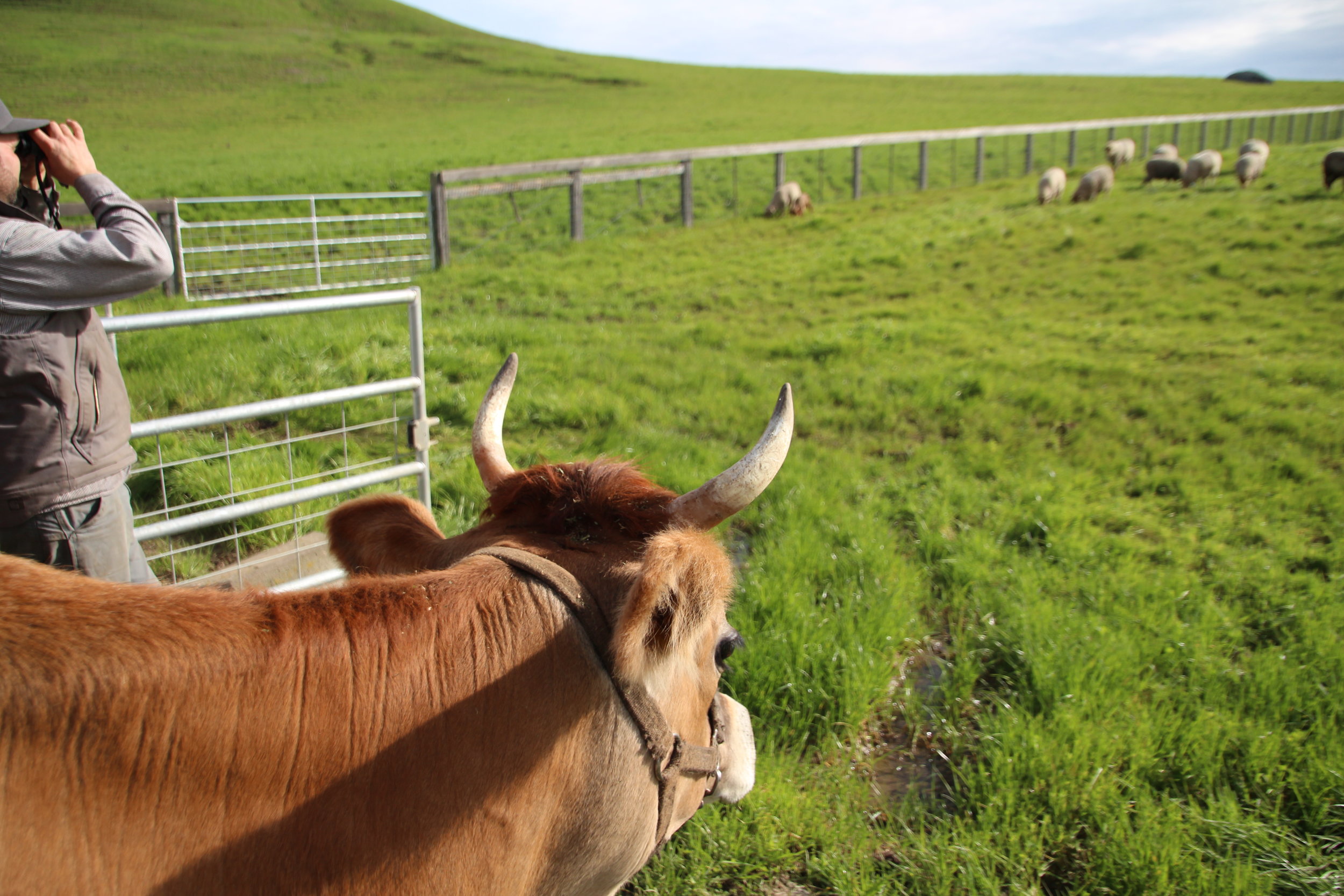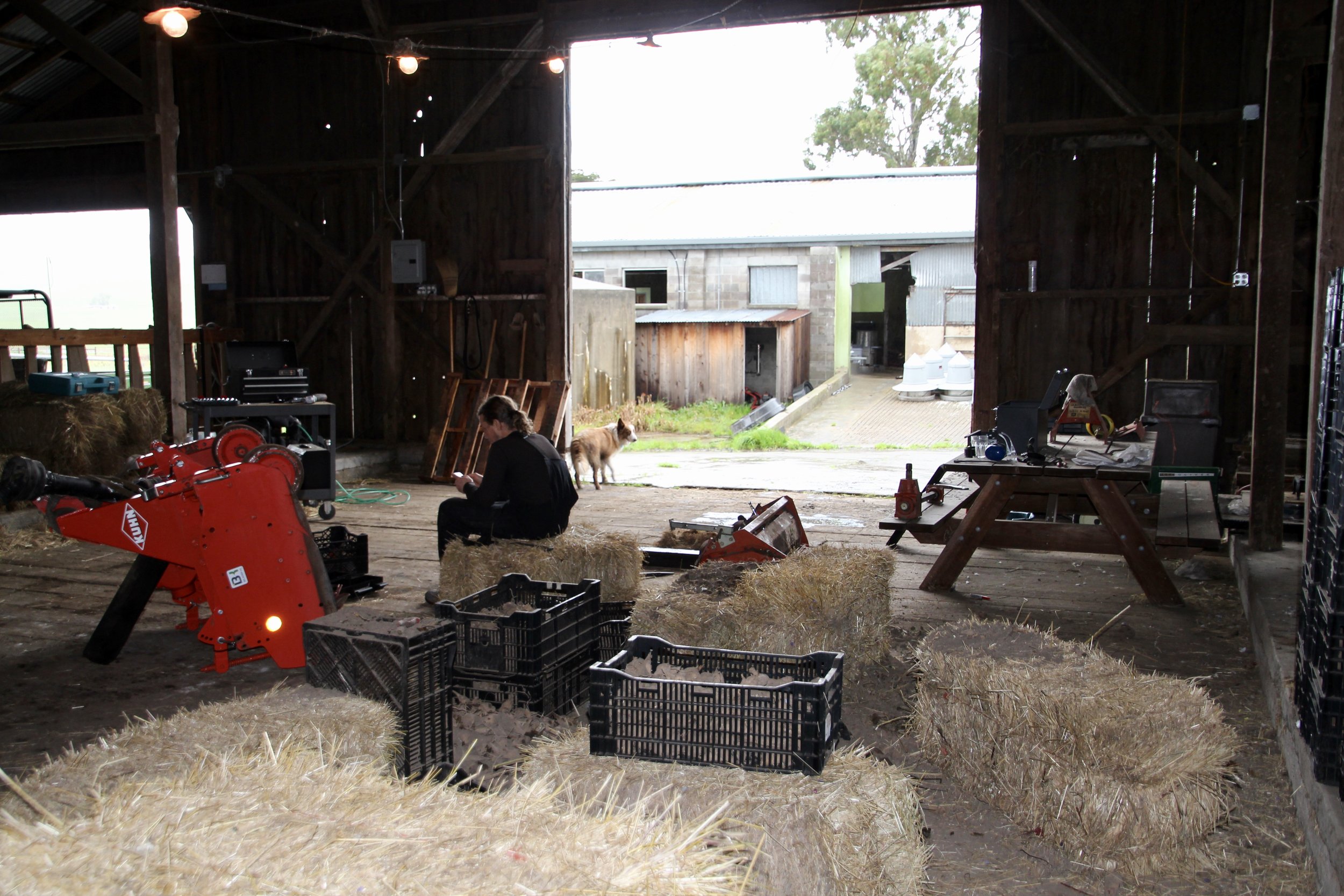All the vegetable fields are tilled and the irrigation headers are in so we are ready to plant. Everything is ready and should be in the ground now so we are excited to be able to give all the starts more room. We will have all the tractors going, using both the single row and double row transplanters.
Almost all of the dry crops are planted. We are hoping the rain showers expected to day swing our way to give these crops a dose of moisture.
This week's pick list:
- Mustard greens
- Kale
- Onions
- Carrots
- Lettuce
- Popcorn
Roasted Onion Dip with Kale, from food52.com
For the onion dip:
- 2 green garlic sliced
- 2 tablespoons olive oil
- 2 ounces spring onions sliced
- 2 tablespoons olive oil
- 2/3 cup cream cheese
- 1/2 cup sour cream
- Coarse sea salt and black pepper
Heat the oven to 425°F/220°C (390°F/200°C convection).
Mix 1 tablespoon olive oil with onions and garlic on a sheet tray. Season with salt and pepper. Roast in the oven until browned and soft. Set aside to cool, then finely chop.
Transfer the onions to a bowl and add the cream cheese, sour cream, the remaining tablespoon of olive oil, and 1/4 teaspoon of salt. Mix well and set aside until ready to use.
For the kale:
- 6 tablespoons olive oil
- pinch chili flakes
- 1 1/4 pounds curly kale, washed, tough stems removed, cut widthwise into 1 1/2-inch slices (1 pound)
- 2 tablespoons lemon juice
Put the oil for the kale into a large sauté pan and place over medium-high heat. Add the kale, along with 1 1/2 teaspoons of salt and chili flakes, and cook for 3 minutes—you might need to do this in two or three batches, depending on the size of your pan—stirring often, until the kale is cooked but still retains a bite. Remove from the heat, add the lemon juice, and serve warm on a large platter or individual starter plates, with dollops of the green onion dip spooned on top.






















